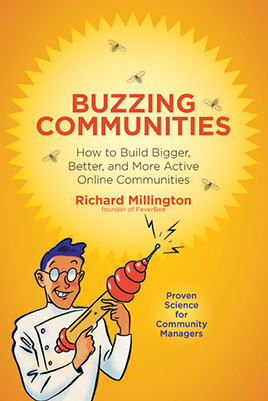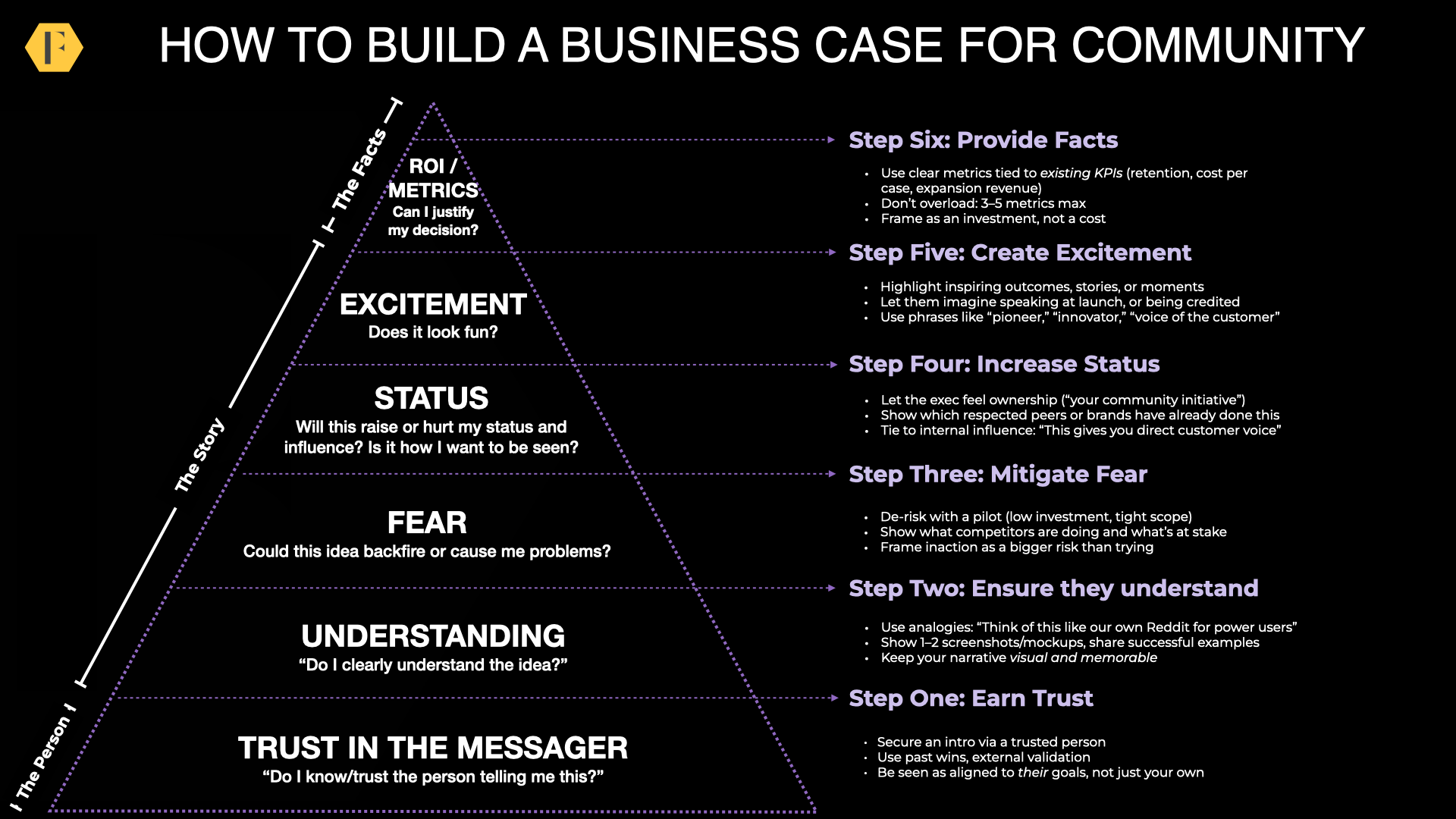Start small. Contact 5 of your customers and introduce yourself. Don’t ask for anything yet, simply aim to maintain dialogue with the 5. If you can speak to them on the phone, that would be perfect.
If you’re local, arrange a meeting at a cafe (or your store). They can bring friends if you like. Pick up the tab, naturally. If you’re not local, begin an e-mailing list where you talk to each other. You need to make some introductions first.
If you’re first meeting went well, arrange another one next month. This time, introduce yourself to 5 to 10 more people and have a simple place online where you can communicate. If you’re using a mailing list, keep introducing yourself to new people and inviting them to join the group.
Repeat this process until you have 25 to 30 people, then repeat it again until you have about 50 people who enjoy talking to each other. Now think about if you need to develop a website to simplify the conversation process and handle the noise. If you don’t, that’s fine. If you do, that’s fine too – but keep your expectations in check.
Focus on one statistic, your number of active members. How many members are participating. If a member drops out, find out why. Try to ensure that everyone keeps participating. You need to have frequent contact, offer them opportunities to be involved and do as much as you can to help them.
That’s it. That’s an online community of active supporters for a small business. Most online communities for small businesses fail long before they reach 50 members. If you’re patient, put in the effort to have conversations with your audience, yours wont fail.





